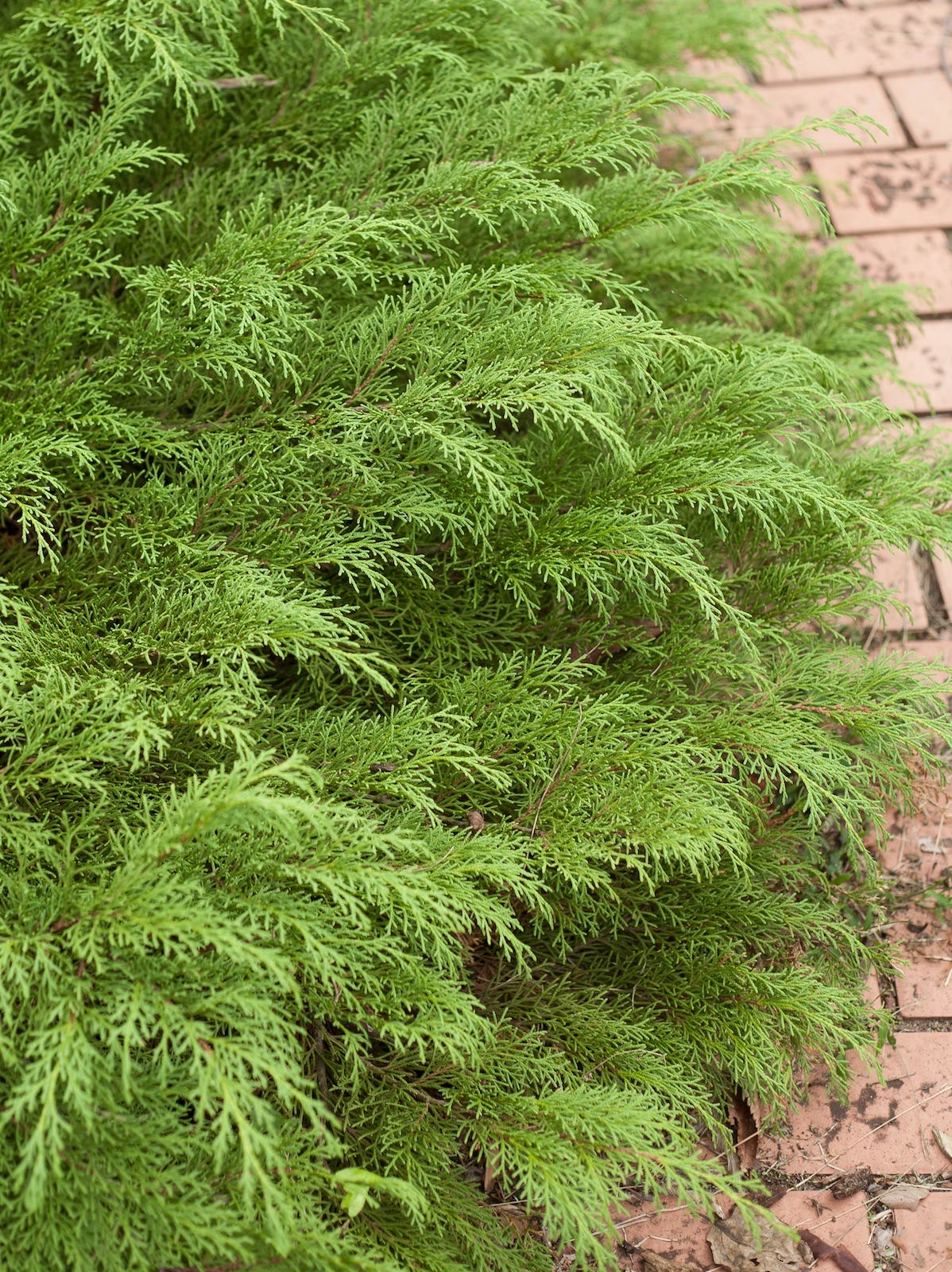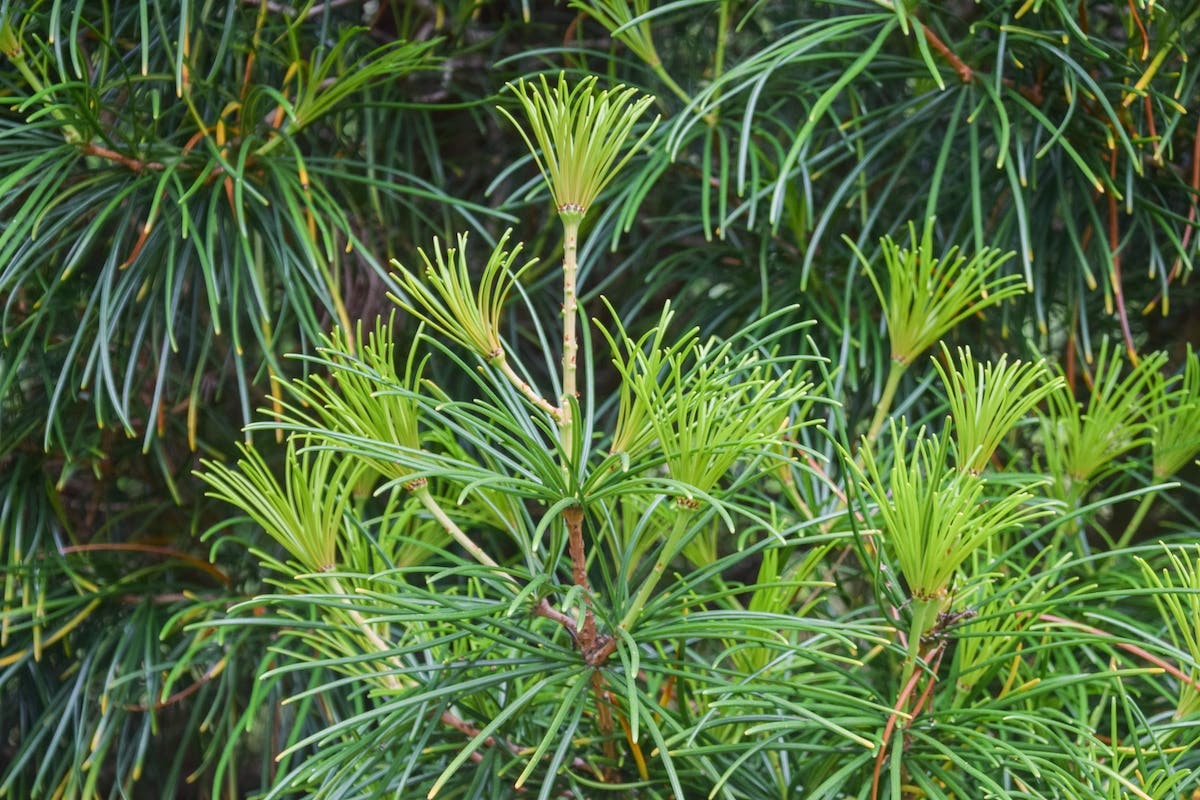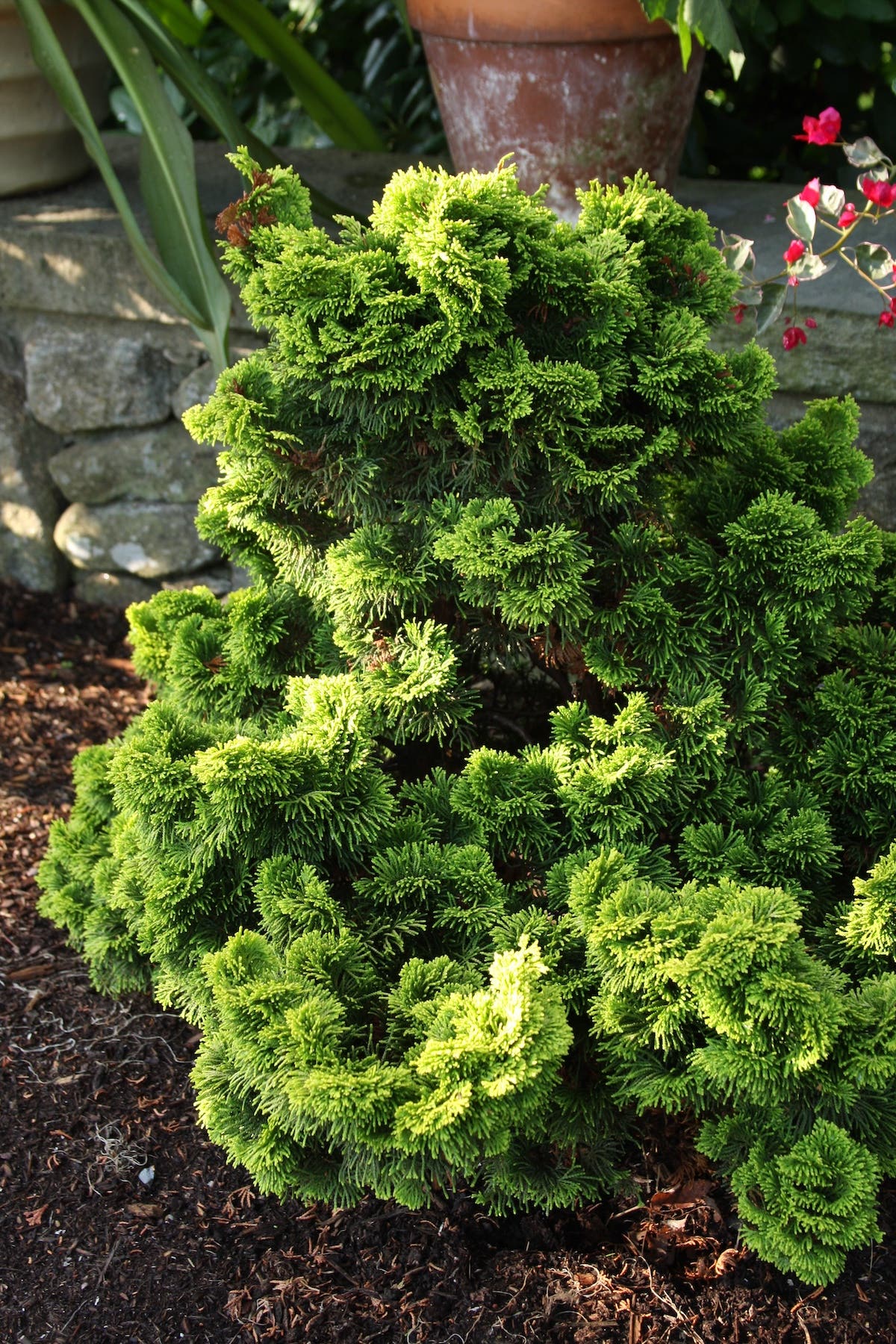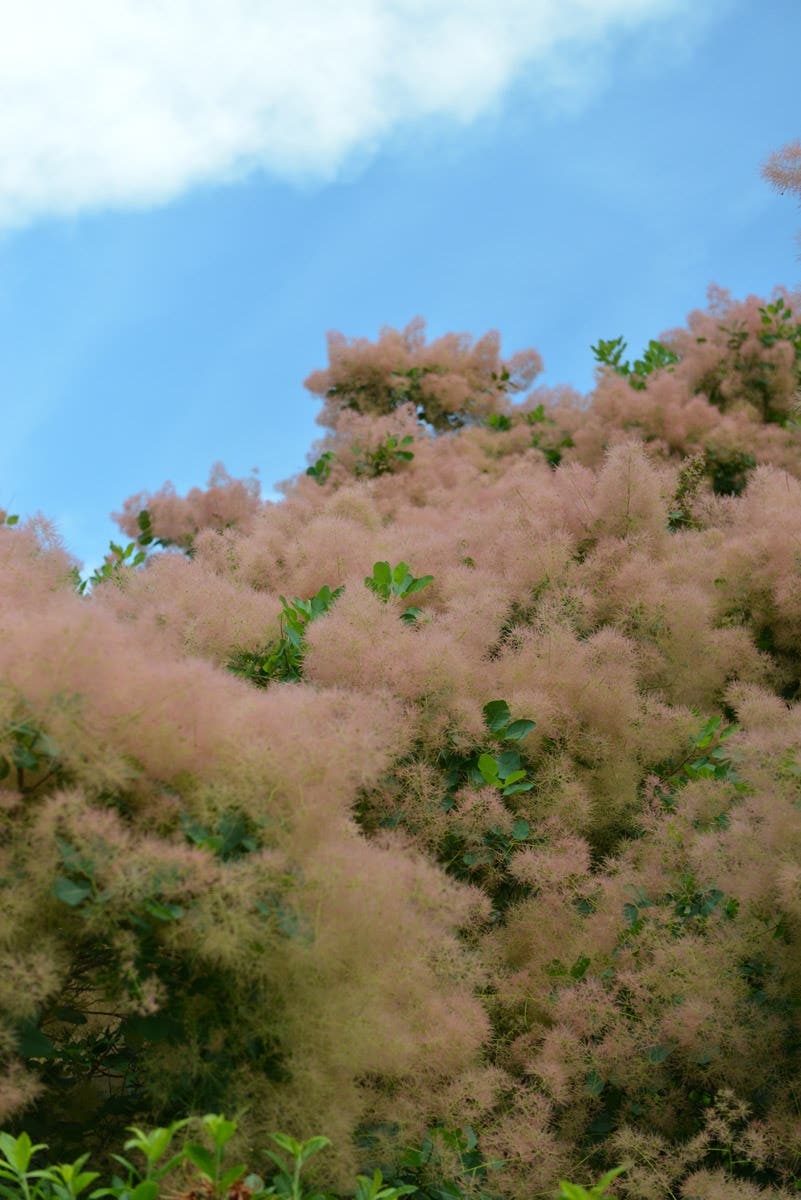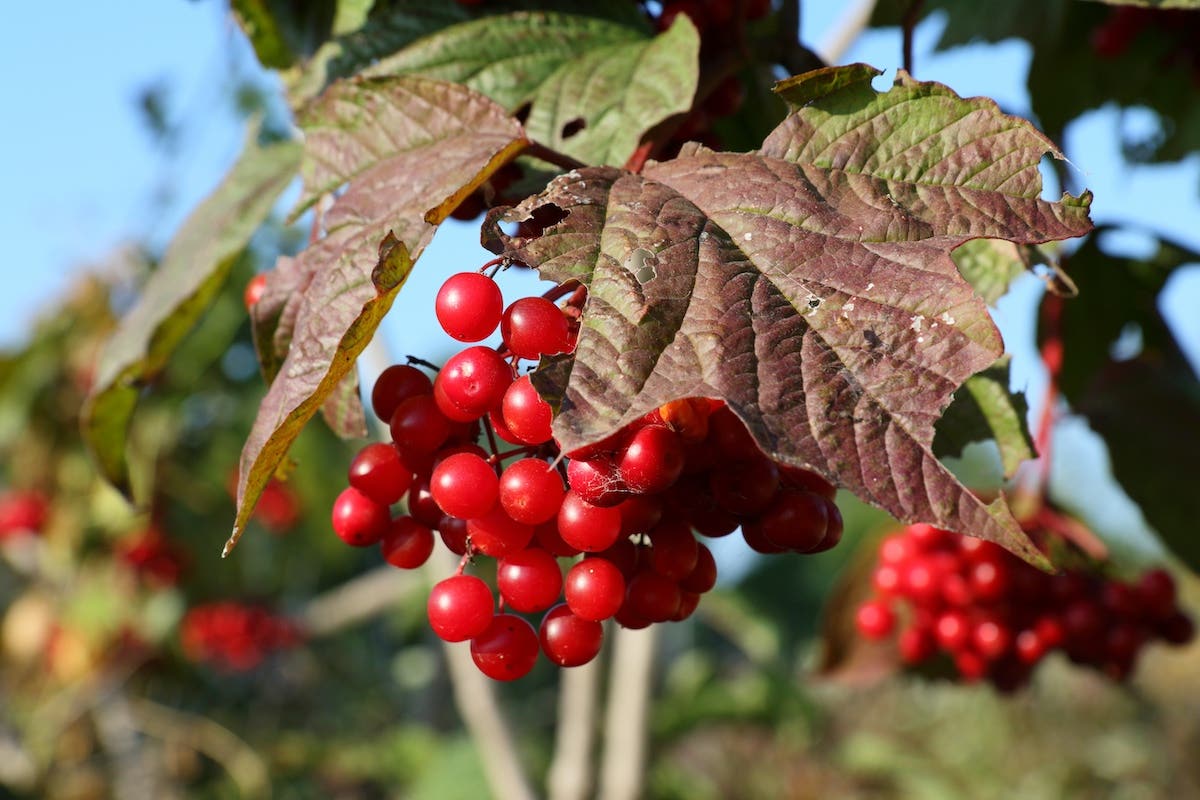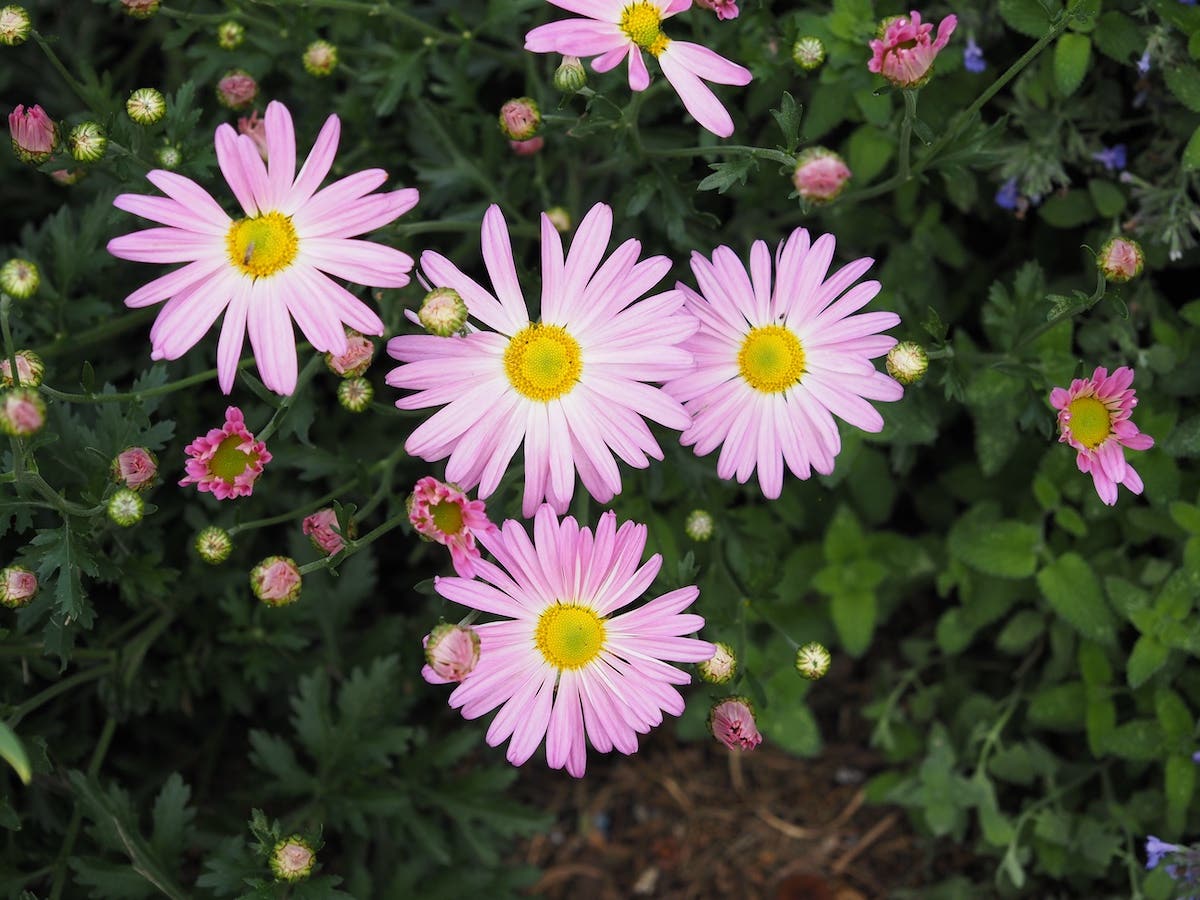Spring Vetchling
Spring vetchling (Lathyrus vernus) blooms early, with red or pink sweet pea flowers.
When we stroll through the spring garden, we meet with one pleasure after another. One of the earliest of these is Lathyrus vernus, commonly known as spring vetchling. Its sprightly, rosy pink flowers enhance an already charming early garden scene.
Spring vetchling is closely related to our beloved summer annual sweet pea (L. odoratus), and there is no missing the relationship when you compare their flowers—both have the characteristic butterfly shape that has given rise to the family name, Papilionaceae (from papilio, the Latin word for butterfly). The flowers of spring vetchling are smaller than those of most sweet pea cultivars, however, at about three-quarters of an inch across. Spring vetchling also differs from its better-known cousin in that it clumps rather than climbs. The flower stems, with three to 15 flowers each, are held slightly above the handsome, almost ferny foliage. Blooms may continue through much of the spring in cool climates. The range of flower color—usually magenta, but also including pink, purple blue, and white—has yielded several attractive cultivars. The two most readily available are ‘Rose Fairy’, with magenta flowers, and ‘Alboroseus’, with two-toned white and pink flowers. There are also selections with blue flowers, such as ‘Caeruleus’, ‘Cyaneus’, and ‘Lamorna's Love’, that are delightful planted near other blue-flowered woodland plants like Omphalodes cappadocica; unfortunately, they are difficult to find in the United States.
A pink-flowered L. vernus nevertheless makes a fine companion to other early bloomers that also prefer a humusy woodland environment. The pulmonarias, such as ‘Sissinghurst White’, ‘Raspberry Splash’, and ‘Roy Davidson” or ‘Polar Splash’, which change from pink buds to blue flowers, make especially good neighbors. With its arching, two-foot stems, variegated Solomon's seal (Polygonatum odoratum “Variegatum’) offers a pleasing contrast in habit to the dense clump of L. vernus. Bleeding hearts, such as Dicentra spectabilis ‘Alba” or the brightly foliaged ‘Gold Heart’, have a similar effect.
Plant spring vetchling in the front of the woodland border or along a walk; at 18 inches high, it needs to be up front to be admired properly. Although in most parts of the country it's best to plant spring vetchling in partial shade, it will tolerate full sun exposure in areas where summers aren't too scorching. Like many other woodland plants that grow and bloom well in the Pacific Northwest, spring vetchling may swoon in gardens where summer temperatures and humidity are high, dying back as the season progresses. But in cooler regions the foliage will remain as a neatly packaged placeholder while other plants take center stage.


